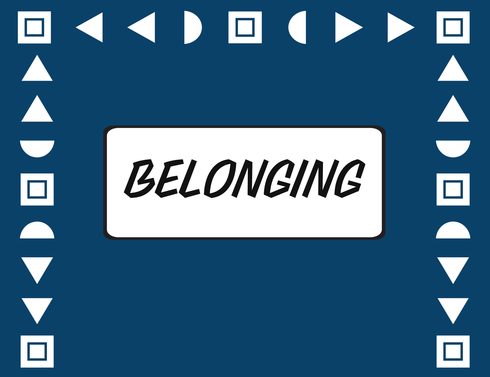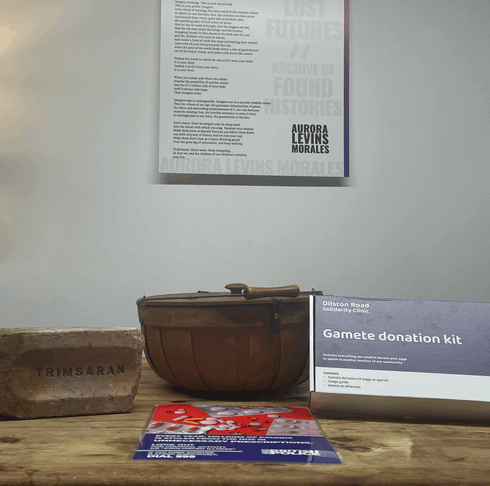
How do small organisations get locked out of procurement processes?
We critiqued and redesigned a large national children's charity calls for research proposals in order to ensure they receive high-quality proposals, grounded in the needs of the people they support.
The client
A large national children’s charity.
The brief
A critique on the call for research tendering process from the perspective of a potential bidder. The client was noticing their invitations to tender (ITT) for qualitative research were not getting the traction they wanted. Additionally, some outputs they’d had from research tendered using their existing invitation were not what they’d hoped for.
Our offer
- Critical friendship- taking a critical eye to the client’s process and reflecting issues back to them with kindness and support
- Document redesign- rewriting the ITT in order to provide a jumping off place for further refinement with internal stakeholders
- Guidance- detailed notes and suggestions for tone, style and standpoint
What we did
Our general process for working through the document was to do a close pair reading through each section and note down potential issues from our perspective as ‘ghost’ bidders. We then collated these into a general list of themes. We identified areas of potential duplication, confusion, and overlap. We did some desk research to find examples of tendering and commissioning that had more relational and friendly approaches.
As we worked through the documents, we quickly discovered there were a number of barriers to a potential bidder submitting a high-quality bid: requirements and specifications scattered throughout a 15-page document, defensive and paternalistic tone, and repetitive or extraneous requirements.
We approached this as a piece of fractal redesign work- we saw it in service of a larger piece of work to refine the overall commissioning process.
What we learned
In our experience, commissioning and tendering processes, especially from larger organisations, tend to be rigid, faceless, defensive, and treat potential suppliers as inherently suspicious. We started calling these standard processes ‘hazing’ because of the heavy free labour needed to write pages of text and gather multiple documents to prove worth or trustworthiness before any conversations or deeper context. Through this work, we were able to see more clearly and articulate the ways in which these types of commissioning frameworks favour larger organisations, and essentially encourage bidders to bluster.
This has been one of our favourite projects. Reworking a rigid ITT with a client who was very open to change and confronting the ways their organisation was presenting itself to potential suppliers was very energising. We had beautiful, open conversations with the client about how it actually sees its partnerships, and the internal departmental mismatches that can make commissioning more complicated than straightforward.
The downside of this project has been that now we’ve seen there is a much kinder and simpler way to commission, going through the typical tendering processes is more frustrating for us now!
What we made
We created a whole new ITT document and design commentary guidance for the client to reference for creating tenders in the future. The design commentary acts as a kind of writing guide wiith suggestions about tone and document structures that emphasise entering into a trusting reciprocal relationship with a supplier. We rewrote the ITT using our own design commentary and managed to reduce the document by more than half. The new ITT turned the original on its head by putting the context of the work and bid requirements right up front in simple and clear terms. We stripped out all repitition and extraneous bid requirments, and made a huge reduction in the long prose the organisation used to talk about itself.



